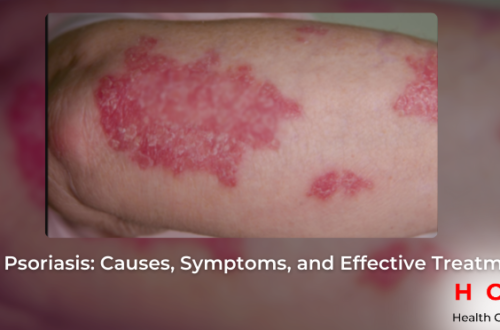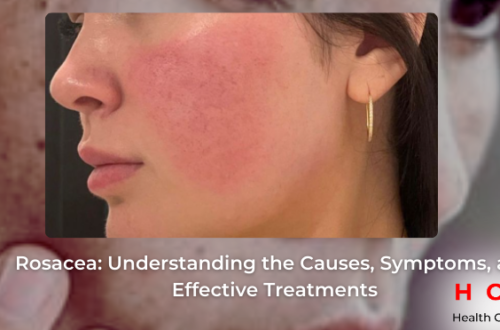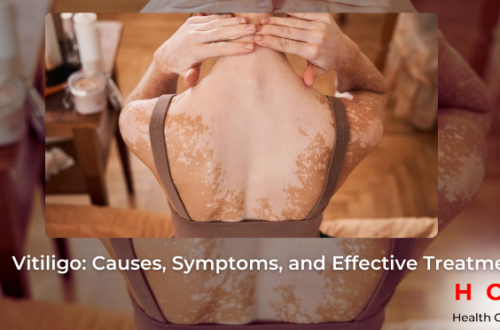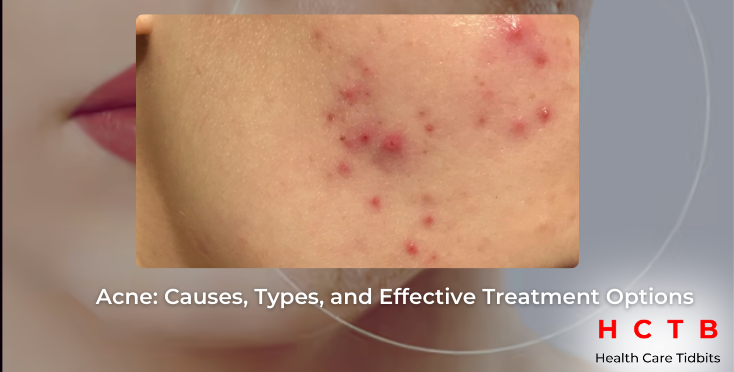
Acne: Causes, Types, and Effective Treatment Options
Acne is chronic skin disorders that reach millions of people of all ages in different parts of the world. Also known as teenage vertigo, it mainly develops during teenagehood but may happen at any age. Acne results in formation of pimples, blackheads, whiteheads and cysts hence causing discomfort and at times formation of scars. While not being a life-threatening condition, acne can mess up self-esteem and self-confidence, which is why it is important to study the causes and (or) classifications of acne and ways of its treatment.
In this article, the reader will learn what acne actually is, what triggers it, various types that exist, and how it can be cured most effectively.
What is Acne?
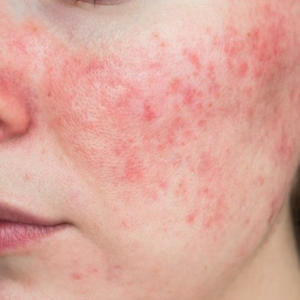
Acne is a skin condition in which hair follicles, sebaceous glands and pores get blocked by sebum and picked up dead skin cells. This leads to formation of various types of pimples and skin blemishes especially on the face, forehead, chest, shoulder and back. Acne can be categorized into mild, moderate and severe and the manifestation vary from small whiteheads or ch aracteristic black heads to large swollen cyst like lesion.
Acne the medical name for pimples is predominant in adolescent aged persons because of hormonal changes but it can affect adults especially women because of stress, hormonal changes and some products they use on their faces.
Causes of Acne
The main causes of acne are linked to the overproduction of oil (sebum), clogged hair follicles, bacteria, and inflammation. Several factors can contribute to the development of acne:
- Excess Oil Production: The sebaceous glands in the skin produce sebum, a natural oil that helps keep the skin moisturized. However, excess production of this oil can clog pores, leading to acne.
- Clogged Hair Follicles: Dead skin cells can accumulate and mix with sebum, forming a plug that blocks the hair follicles. This clogging traps oil and bacteria in the pores, causing acne breakouts.
- Bacterial Growth: The skin naturally harbors bacteria known as Propionibacterium acnes, which can multiply in clogged pores, leading to infection, inflammation, and the development of acne.
- Hormonal Changes: Hormones called androgens increase during puberty and stimulate the sebaceous glands, causing them to produce more oil. Hormonal fluctuations due to menstruation, pregnancy, or the use of oral contraceptives can also trigger acne in women.
- Diet: Certain foods, especially those high in refined sugars and carbohydrates, can exacerbate acne. Dairy products have also been linked to acne flare-ups in some individuals.
- Stress: Emotional stress can increase inflammation in the body and aggravate existing acne, making it worse.
- Skincare Products: Heavy or oily cosmetics, lotions, or sunscreens can clog pores and lead to acne. It’s important to use non-comedogenic products that are specifically designed not to block pores.
Types of Acne
Acne can manifest in several different forms, and understanding the types of acne can help in identifying the best treatment approach. The most common types of acne include:
- Whiteheads (Closed Comedones): Whiteheads form when pores are clogged with sebum, dead skin cells, and bacteria. Since the pore is closed, the buildup causes a small white bump on the skin’s surface.
- Blackheads (Open Comedones): Blackheads occur when the clogged pores remain open, exposing the trapped oil and dead skin to air. This causes oxidation, turning the blockage black.
- Papules: Papules are small red or pink bumps that occur when the walls of the hair follicles become inflamed due to bacteria and excess oil. They are tender to the touch and don’t contain pus.
- Pustules: These are similar to papules but contain pus. Pustules are inflamed lesions with a white or yellow center surrounded by red skin.
- Nodules: Nodular acne occurs when the clogged pores lead to larger, deeper, and more painful lumps beneath the skin’s surface. Nodules don’t usually contain pus and can take longer to heal.
- Cysts: Cystic acne is the most severe form of acne. It occurs when pus-filled lesions form deep beneath the skin’s surface, leading to painful, large cysts. Cystic acne can cause scarring if not treated properly.
Treatment Options for Acne
Acne treatments vary depending on the severity of the condition. The good news is that several over-the-counter and prescription treatments are available to help manage and reduce acne breakouts.
1. Topical Treatments
- Benzoyl Peroxide: This is a common ingredient in over-the-counter acne treatments. It helps kill acne-causing bacteria and reduce inflammation. Benzoyl peroxide can be found in cleansers, gels, and spot treatments.
- Salicylic Acid: This beta-hydroxy acid helps exfoliate the skin by removing dead skin cells, which reduces the chance of pores becoming clogged. Salicylic acid is available in cleansers, toners, and pads.
- Retinoids: Retinoids are derivatives of vitamin A that help promote cell turnover and unclog pores. Prescription-strength retinoids are available for more severe acne, while milder forms can be found over the counter.
- Topical Antibiotics: In cases of inflamed acne, topical antibiotics like clindamycin or erythromycin may be prescribed to reduce bacterial growth and inflammation.
2. Oral Medications
- Oral Antibiotics: For moderate to severe acne, oral antibiotics such as tetracycline or doxycycline may be prescribed to reduce bacteria and inflammation.
- Oral Contraceptives: Certain birth control pills can help regulate hormones and reduce the production of oil in the skin, leading to fewer acne breakouts in women.
- Isotretinoin: Commonly known as Accutane, isotretinoin is a powerful oral medication used to treat severe, cystic acne that doesn’t respond to other treatments. It reduces the size of sebaceous glands and significantly lowers oil production. However, it has serious side effects and requires close monitoring by a dermatologist.
3. Procedural Treatments
- Chemical Peels: A dermatologist may perform chemical peels to remove the outer layer of skin and unclog pores. This treatment is especially effective for mild acne and helps reduce blackheads and whiteheads.
- Laser and Light Therapy: These treatments use specific wavelengths of light to reduce acne-causing bacteria and shrink sebaceous glands. Laser and light therapies are non-invasive and can improve skin texture and tone.
- Extraction: For comedonal acne (blackheads and whiteheads), dermatologists may use special tools to extract the plugs that clog the pores.
4. Lifestyle Changes
- Daily Skincare Routine: A consistent skincare routine using gentle, non-comedogenic products can help reduce acne. Washing the face twice a day and moisturizing with an oil-free moisturizer can keep the skin balanced.
- Healthy Diet: Eating a diet rich in fruits, vegetables, whole grains, and lean proteins can help reduce inflammation and improve skin health. Reducing sugar and dairy intake may also help control acne breakouts.
- Stress Management: Since stress is a known trigger for acne, finding ways to manage stress, such as through exercise, meditation, or relaxation techniques, can be beneficial.
Preventing Acne
While it may not always be possible to prevent acne entirely, there are steps you can take to minimize breakouts and keep your skin clear:
- Cleanse Gently: Use a mild, oil-free cleanser twice daily to remove dirt, oil, and makeup without over-drying the skin.
- Avoid Picking or Squeezing Pimples: Popping pimples can lead to scarring and make acne worse.
- Use Non-Comedogenic Products: Ensure all skincare, makeup, and hair products are labeled “non-comedogenic,” meaning they won’t clog pores.
- Shower After Exercising: Sweat and dirt can clog pores, so be sure to shower immediately after workouts.
- Maintain a Balanced Diet: Focus on nutrient-rich foods that support skin health and avoid acne-triggering foods.
Acne may be an annoying and chronic problem on the skin however it is completely manageable when treated and proper skin care is followed. It is advisable to see a dermatologist to advise you on the best way to treat your acne depending the type of skin you have.



